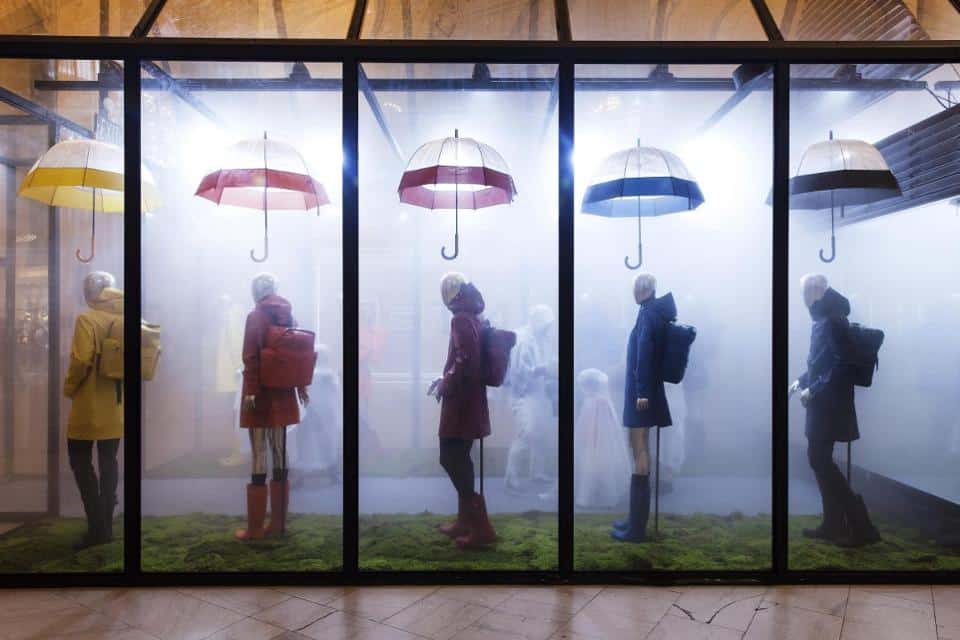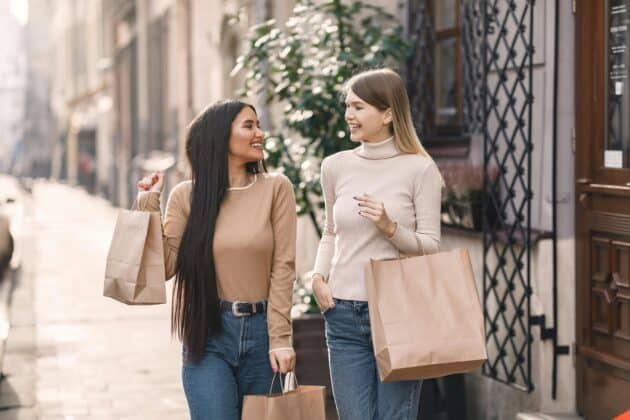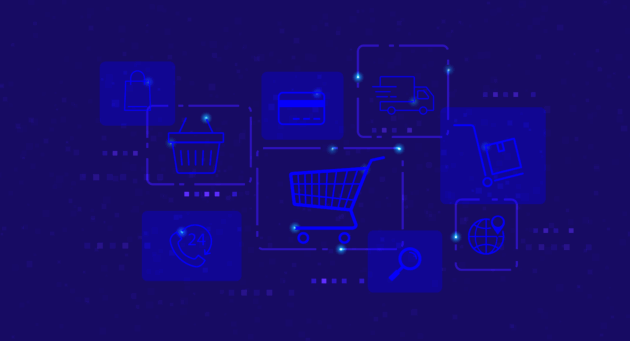When it comes to retail, it’s not just the products that shoppers remember after they leave – it’s the experience. That’s why so many brands have started to launch experiential marketing campaigns. By focusing on the experience rather than the product, businesses are working to connect with shoppers in new ways.
Nowhere is this more apparent than in pop-up shops. In major cities across the US, pop-up shops seem to be (literally) popping up all over. Since these storefronts appear for a limited time, there’s a lot more room for brands to get creative and build unique experiential marketing campaigns.
From organic milk to classic boots and affordable underwear, here are three awesome examples of pop-up marketing experiences done right.
1. Organic Valley – Coffee Shop
To promote its new coffee creamer, Organic Valley opened a pop-up cafe in a hip Manhattan neighborhood to tap into the popularity (and ridiculousness) of artisanal coffee shops. Complete with many a hipster cliché (think absurd size names like Lil Bit, Double, and Lotta, and a local, plaid-wearing farmer as the shop’s proprietor), the brand poked good-hearted fun at the fancy coffee craze by offering only one thing for sale on its menu: half-and-half.
Video Credit: Organic Valley
Measured pours of the product sold for $2 a cup (coffee was available to “add” to your purchase at a counter off to the side). Much to Organic Valley’s surprise, the stunt was a major success, with NYC’s fashion-forward set lining up for a taste.
This is a great example of a brand taking a culture trend (in this case, the urban city dweller obsession with locally sourced food and drink) and turning it on its head, delighting guests and turning first-time samplers into enthusiastic buyers. As farmer Gerrit says at the top of the cheeky video spot, “Great coffee isn’t just made, it’s milked.”
2. Hunter – Grand Central greenhouse
Known for its famous rubber Wellington boots, Hunter hopped on the pop-up shop trend with its recent installation in New York City’s Grand Central terminal. In it, the 160-year-old British rain gear company showed how iconic brands can reinvigorate their classic products with fresh, progressive marketing tactics.

Photo by Hunter
For four days, they set up a glass greenhouse, outfitted with real mist and moss, to bring a bit of Scotland to Manhattan. They brought the essence of the serene Highlands (Scotland is where the company’s founder started the label), to the hustle and bustle of a busy train station.

Photo by Hunter
The clever juxtaposition made the pop-up experience stand out among thousands of commuters, commanding attention and further exploration. Delivering the brand story in this way, by creating an experience infused with an outdoorsy yet dream-like vibe, only reiterates Hunter’s historic dedication to quality and being a part of experiences you won’t soon forget.
(Learn more: 3 Omnichannel Marketing Examples from Nordstrom, Red Roof Inn, and Sephora)
3. Fruit of the Loom – The Früt Store
In an effort to dispel the myth that packaged underwear is somehow inferior to fancier sets, Fruit of the Loom launched a “Welcome to Früt” campaign. In it, the clothing retailer opened a chic pop-up shop to (presumably) sell expensive designer panties — except that they were the same inexpensive ones that came in plastic wrap.
https://youtu.be/uiDrOoJvOb0
Video by Fruit of the Loom
Luxurious table displays, where people could see and touch the vibrant patterns and soft fabrics, gave shoppers the impression these panties were fancier than they actually were. When the reveal happened, even lingerie snobs were taken aback.
https://youtu.be/990B1G8CCos
Video by Fruit of the Loom
This kind of in-real-life brand experience leaves a lasting brand impression because it reveals a flaw in the way many of us often shop — out of habit or expectation when it comes to packaging. Undermining longheld assumptions, like revealing the quality folks are missing out on (and paying a premium for), is a powerful way to build a stronger lifetime brand connections.
Experiential vs. Digital
Experiential marketing is becoming more important in a world where consumers are inundated with offers from every digital angle. To stand out against the noise of saturated online marketing channels, retailers today have a special opportunity to connect with shoppers in more meaningful ways offline. Brands that execute thoughtful experiential marketing campaigns well stand to reap long term rewards.
In the race to win the hearts and minds of shoppers, pop-up experiences are one part of a complete omnichannel marketing approach. As an offline touchpoint, pop-up shops engage with people in a new, fun, and memorable way. That’s building brand value that extends far beyond the life of the experience itself.
















